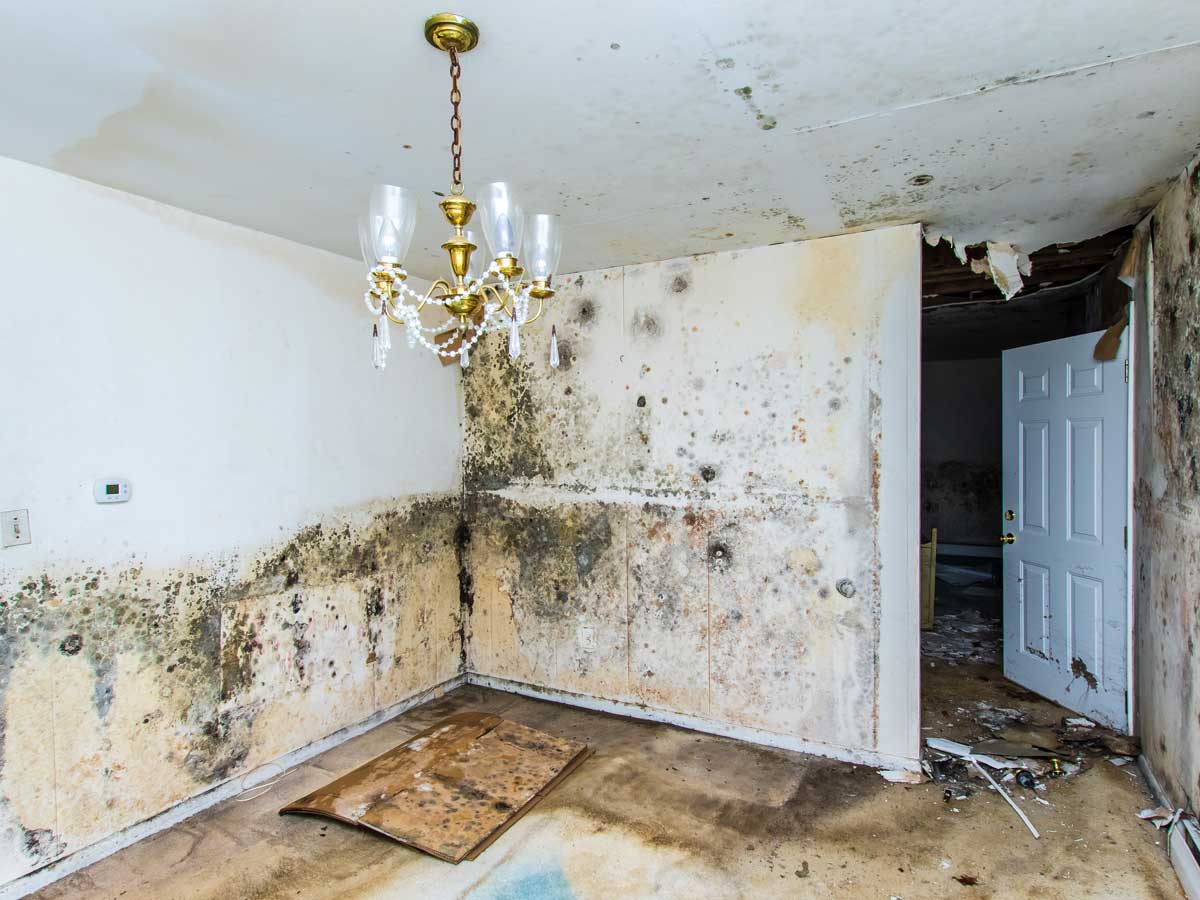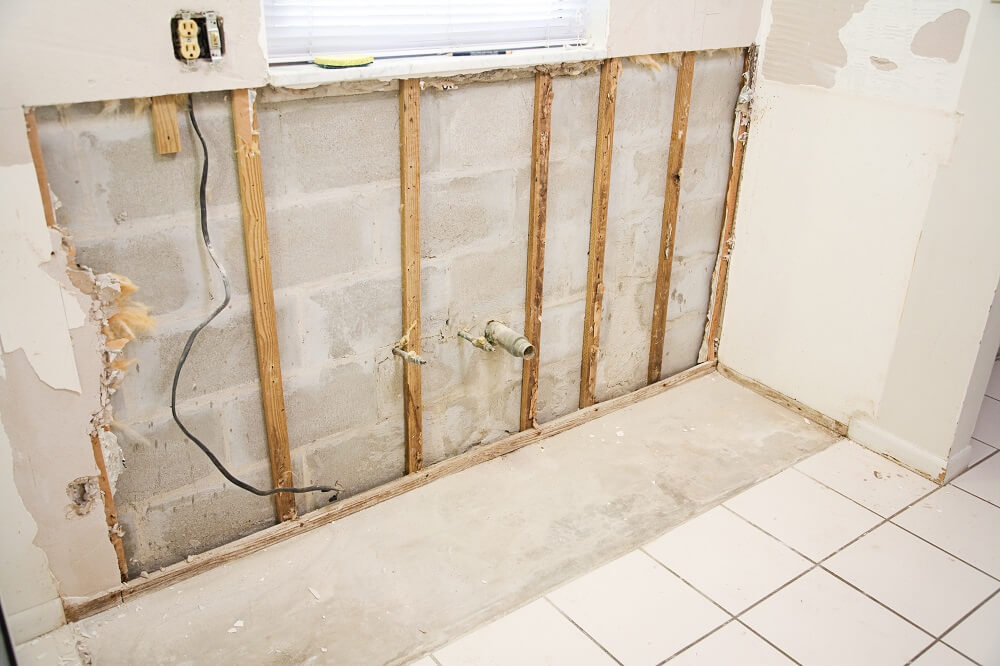Expert Water Extraction Services to Safeguard Your Property from Damage
Expert Water Extraction Services to Safeguard Your Property from Damage
Blog Article
The Refine of Water Damages Clean-up: Ensuring Your Home Is Restored Efficiently
Water damage can be a complicated challenge for homeowners, demanding a organized and meticulous cleaning process to recover safety and security and functionality. Initially, a detailed assessment is important to recognize the degree of the damages and identify the ideal removal steps. Following this, reliable water extraction strategies play a pivotal duty in minimizing additional harm. The nuances of drying out, disinfecting, and ultimate reconstruction are just as essential and usually neglected. Recognizing these stages can make a considerable difference in the result of your home's repair, prompting a closer look at what each step involves.
Evaluating the Damages
Upon discovering water damage, the initial step is to extensively analyze the extent of the impact. This first evaluation is critical, as it helps determine the required steps for effective cleaning and remediation. Begin by examining the influenced areas, consisting of walls, ceilings, floors, and personal items, to recognize the source of the water intrusion, whether from flooding, leaks, or condensation.
Recording the damage is important for both insurance policy cases and intending remediation efforts - damage restoration services. Usage photographs and written notes to capture the seriousness of the damage, noting any affected structural elements and products. Pay unique attention to locations that may not be immediately visible, such as behind walls and under carpetings, as concealed moisture can bring about further complications, including mold growth
In addition, assess the timeline of the water exposure. Eventually, a detailed assessment lays the groundwork for an effective water damages clean-up procedure, ensuring that all influenced locations are resolved efficiently and completely.
Water Removal Methods

Specialists generally employ completely submersible pumps for larger volumes of water, which can quickly reduce flooding in basements or other impacted locations. For smaller sized amounts, wet/dry vacuums are often utilized to extract residual wetness from carpets and tough surfaces. Additionally, making use of mobile extractors permits targeted elimination in constrained areas or areas with delicate materials.
In circumstances of polluted water, such as sewer or floodwater, advanced extraction strategies may include using biohazard devices to make sure security and conformity with health laws. High-powered extraction devices are crucial in lessening water retention in architectural materials, which can bring about mold and mildew development and structural degeneration otherwise resolved promptly.
Ultimately, the effectiveness of water removal techniques plays a critical duty in the overall success of the water damage clean-up procedure, laying the foundation for subsequent repair efforts.
Drying and Dehumidification
When standing water has been efficiently removed, the following important phase in the water damage cleaning process is drying out and dehumidification. This step is vital to avoid more damages and mold growth, which can occur within 24 to two days in moist environments.
To attain effective drying out, specific tools such as industrial-grade air moving companies and dehumidifiers is employed. Air movers flow air across damp surface areas, boosting dissipation rates, while dehumidifiers reduce humidity degrees airborne, advertising a favorable atmosphere for drying. The combination of these devices guarantees that dampness is extracted from walls, furnishings, and floors, allowing them to dry thoroughly.
It is very important to keep an eye on the drying out procedure very closely. Specialists often make use of moisture meters to examine the moisture content in different materials, guaranteeing that all influenced areas reach acceptable dryness levels. This water leak insurance claim meticulous technique assists to stop concealed dampness pockets that might bring about architectural damages or unhealthy mold and mildew growth.

Cleaning and Sanitizing
After the drying out and dehumidification phase is complete, the next important action in water damages cleanup is cleansing and disinfecting the affected locations. This procedure is critical to avoid the growth of mold and mildew, germs, and other microorganisms that flourish in moist settings.
The cleansing phase usually includes eliminating any type of particles, dirt, and pollutants from surface areas making use of specialized cleaning agents. For tough surface areas, a mix of soap and water or commercial Check Out Your URL cleansing products is typically employed. Soft materials, such as upholstery and carpets, might require much more substantial cleansing methods, including vapor cleansing or deep extraction methods, to ensure comprehensive sanitation.

Disinfecting complies with cleaning, using EPA-approved disinfectants to get rid of harmful bacteria. This action is essential, especially in locations that may have entered into contact with floodwaters or sewer, as these resources can position major health dangers.
Additionally, linked here it is necessary to attend to any kind of continuing to be smells, which might call for making use of odor neutralizers or innovative techniques like ozone therapy. Proper cleaning and sanitizing not just bring back the safety and hygiene of your home however likewise prepared for successful restoration and repair work in subsequent stages of the water damages clean-up procedure.
Restoration and Repair Work

When the assessment is complete, repair efforts can start. This normally entails fixing or changing damaged products, making certain that all work abides by local building regulations and requirements. For instance, if drywall has been endangered, it will require to be eliminated and replaced with new product. Furthermore, floor covering may call for similar attention, depending on the degree of water exposure.
It is critical to involve knowledgeable remediation experts throughout this process, as they have the expertise to deal with complex repair work properly. They can assist mitigate potential future concerns, such as mold development or structural instability, hence making certain a habitable and secure living environment. Eventually, reliable restoration and fixings restore the home's stability and improve its overall worth.
Final Thought
In verdict, the process of water damages clean-up is important for recovering a home to its pre-damage condition. Each stage, from evaluating the damage to executing reliable water removal methods, followed by extensive drying, sanitizing, and essential repair services, plays an essential function in making sure safety and security and conformity with structure standards. Effective execution of these steps not only reduces immediate damage yet also improves the long-lasting integrity and value of the residential or commercial property.
Water damages can be a daunting difficulty for house owners, demanding a organized and careful clean-up procedure to restore safety and security and capability. Eventually, a thorough analysis lays the foundation for a successful water damage cleaning process, making sure that all impacted areas are resolved effectively and thoroughly.
Reliable water extraction techniques are crucial in reducing damage and avoiding additional issues complying with a water intrusion event.In conclusion, the process of water damages cleaning is vital for bring back a home to its pre-damage condition. Each stage, from evaluating the damage to executing effective water removal strategies, complied with by complete drying, sanitizing, and needed fixings, plays a vital function in ensuring safety and compliance with building standards.
Report this page